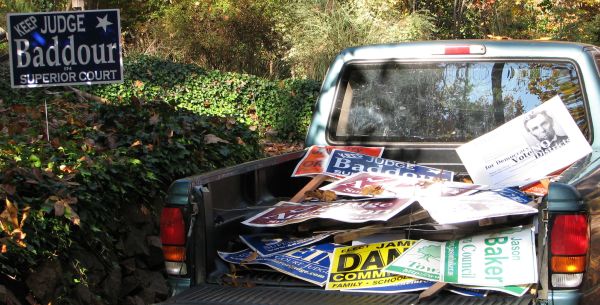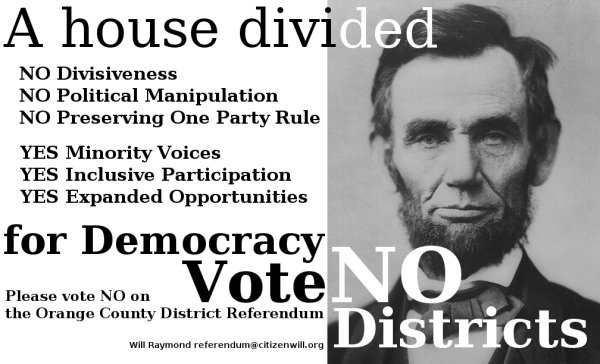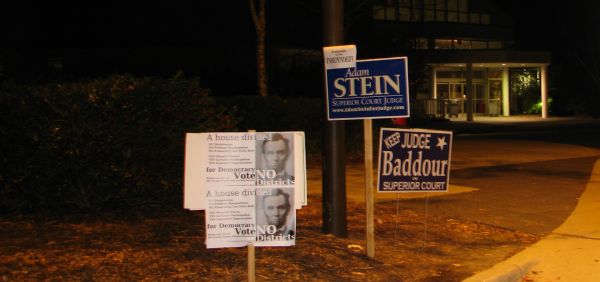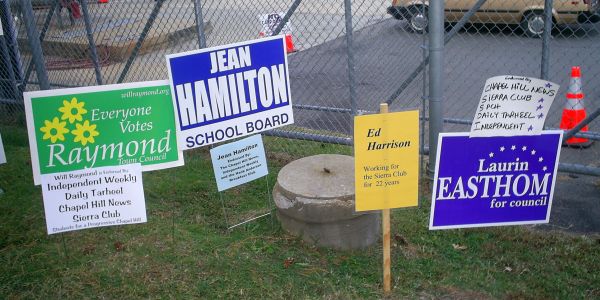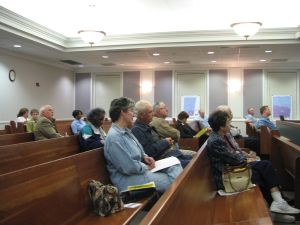Went to an interesting Downtown Partnership sponsored Safety Forum this morning, the notes of which I’ll post later…
While there I had the pleasure of meeting the Herald-Sun’s Robert Ashley.
Poor guy. He probably wouldn’t have sat next to me if he’d known I was going to give him an earful about the Herald-Sun’s on-line linking policy.
As I recently wrote, cutting the community off from their historical narrative is not only selfish, it is bad business. Robert disputed my “bad business” assertion, telling me the HS makes plenty from their archival content.
Ouch! I’ll bet whatever paltry sum they’re making from paywalling, the ill will they’re generating amongst both their on-line readership and those, like myself, that are FREELY steering customers (“eyeballs”) their way far outweighs the traditional business value of hiding content from the greater ‘net-world.
Already folks who want to reference HS articles are either, one, skirting fair-use provisions excerpting enough of the content to bolster their points or two, turning to other media outlets with far friendlier community-service oriented policies.
Doc Searls, always an entertaining and insightful commentator on new media, wrote recently about the cracks forming in the paywall and why, sans community service, paywalling is dumb business:
That’s why I’ve tried to limit the argument to the real trade-offs involved. This has nothing to do with “citizenship.” It has everything to do with the facts of publishing life, where the Web is a larger and larger context. Newspapers and magazines make some money by selling old stories through Lexis-Nexis and Dialog. But they make most of their money from advertising and subscriptions, which might both increase if archives are exposed to the Web.
Robert, if you’re reading this, I want to emphasize that I’m your ally.
I want to strengthen all our local journalistic enterprises – to help your institution make the leap from a manufacturer of paper and ink products to a valued community service provider. But you need to make the move soon…new media is moving at Internet speeds and it won’t be long before your backwards policy is irrelevant.
At the end of it all, if the Herald-Suns and News Observers of the world want to cut off their “long tail”, so be it…
